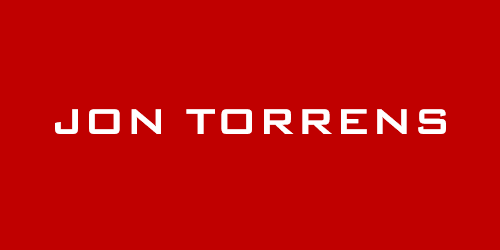You’ve written your presentation; you’ve created loads of great material, with graphs, quotes and images. It feels pretty good. But how to improve it? Clearly, the only way to do that is to add something, surely?
WRONG.
The biggest problem I see in the material of a presentation is simply too much information. More is not better, and complexity does not equal sophistication or academic validity. Here are some of the problems I see, with a handy solution for each:
Too Much Text
The classic. You know you shouldn’t do this but you just can’t help yourself; eight bullet points, all written out as full sentences. Not only is it really hard for the audience to take in, as soon as you speak you’re competing for their attention, preventing them being able to read the text. And if you’re thinking of reading them out verbatim, then you need to have a long hard think about how the presentation medium actually works. You might as well call them idiots and then give them a sedative.
What you need to do is reduce the text down to a few simple words; they don’t need to mean anything to anyone except you, because they’re prompts. Reveal any bullet points sequentially with an animation (set to reveal by paragraph) and Powerpoint will create an ‘on click’ cue which means you can control when each bullet appears. It means the audience doesn’t see each part until you want them to. Don’t patronise your audience; have fun with them and give them little surprises.
Table of Illegible Data
You’ve copied and pasted an information-rich table packed with figures. Clever you. At the size of the screen though, a lot of the text is simply too small. Not only that, this is a presentation you’re giving, not a paper for people to read in their own time. You’ll be competing for their attention again as they attempt to comprehend the data while listening to your words of wisdom.
Re-create the relevant sections yourself, and reveal each section as you mention it. At the end of that slide you may now have a lot of information, but you didn’t hit them with it all at once, so you can guide them through it. If you must use someone else’s table, hide each section with white rectangles which you hide with an animation (very easy), revealing each section as required.
Graph of Confusion
Five different sets of data, axes without units, all presented in low resolution. BAD. As with the table, try re-creating it yourself. Or highlight each section with circles on top, each appearing when required. Analogy: it’s like telling people to cross a forest by shouting at them as they disappear into the darkness and fall over some tree roots. You need to be with them, guiding them through with the torch of your insight (I love a good analogy), drawing their attention to the important stuff and letting them know what to ignore.
Endless Slides
You were worried about missing something out, and you didn’t want to be caught out. So you included EVERYTHING. Result: your presentation appears interminable, and is therefore thoroughly uninspiring.
Heroic solution: trim it down to the vital information. Have an appendix of extra slides with specific data to use in the Q+A as required.
Thank You for Your Time
Your audience is intelligent, they just don’t have your experience and knowledge. It’s like a meal; don’t give them a colossal buffet, they won’t know where to start and will soon be overwhelmed. Think fine dining: give them neat, simple ideas, one at a time, and guide them through each one.
Related
‘Information Overload’ on my YouTube channel.
